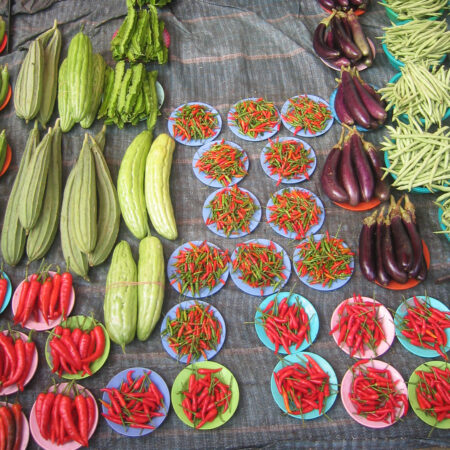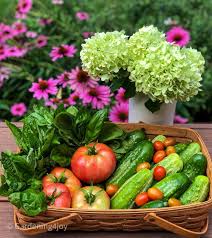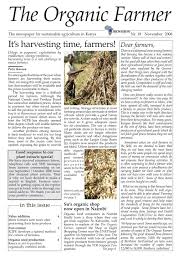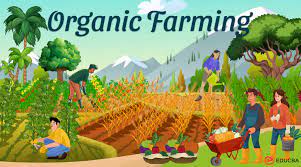
Organic Farming at Home: A Comprehensive Guide
Organic farming at home is an increasingly popular way to cultivate your own fresh, healthy produce while practicing sustainable agriculture. By embracing organic farming techniques, you not only contribute to a healthier environment but also enjoy the satisfaction of growing your own food. This guide will walk you through the essential aspects of organic farming at home, from starting your garden to maintaining it with eco-friendly practices.

Getting Started with Organic Farming at Home
Starting organic farming at home begins with careful planning and preparation. Choose a location in your garden that receives adequate sunlight and has well-drained soil. If you’re working with limited space, consider container gardening or vertical farming techniques, which can be effective for small areas. Preparing your soil is a crucial first step; ensure it is rich in organic matter by adding compost or well-rotted manure. This will enhance soil fertility and structure, providing a solid foundation for your plants.
Selecting the Right Plants
When practicing organic farming at home, selecting the right plants is essential. Opt for varieties that are well-suited to your local climate and soil conditions. Heirloom and non-GMO seeds are often preferred in organic farming due to their adaptability and lower environmental impact. Additionally, choosing plants that are resistant to local pests and diseases can reduce the need for chemical interventions. Consider incorporating a mix of vegetables, herbs, and flowers to diversify your garden and attract beneficial insects.
Soil Health and Fertility
Maintaining soil health is a fundamental principle of organic farming at home. Healthy soil promotes strong plant growth and reduces the likelihood of pest and disease issues. To improve soil fertility, practice crop rotation and avoid planting the same species in the same spot each year. This helps prevent soil depletion and disrupts the life cycles of pests and diseases. Regularly add organic matter, such as compost or green manure, to replenish nutrients and enhance soil structure.
Pest and Disease Management
Effective pest and disease management is a key component of organic farming at home. Rather than relying on synthetic pesticides, focus on natural methods to control pests. Encourage beneficial insects, such as ladybugs and lacewings, which prey on common garden pests. Implement physical barriers, like row covers, to protect plants from insect damage. Additionally, practice good garden hygiene by removing diseased plant material and rotating crops to prevent the buildup of harmful pathogens.
Watering and Irrigation
Proper watering is essential for successful organic farming at home. Overwatering can lead to root rot and other issues, while underwatering can stress plants and reduce yields. Implement a watering schedule that meets the needs of your plants and adjusts based on weather conditions. Drip irrigation systems are an efficient way to deliver water directly to the root zone, reducing water waste and minimizing evaporation. Mulching around plants can help retain soil moisture and reduce the need for frequent watering.
Fertilization and Soil Enrichment
In organic farming at home, the use of synthetic fertilizers is avoided in favor of natural alternatives. Organic fertilizers, such as compost, aged manure, and bone meal, provide essential nutrients without harming the environment. Incorporate these fertilizers into the soil before planting and during the growing season as needed. Additionally, consider using plant-based amendments like seaweed or fish emulsion to further enhance soil fertility and plant health.
Sustainable Practices and Environmental Impact
Embracing sustainable practices is a core principle of organic farming at home. Avoid using synthetic chemicals and opt for environmentally friendly alternatives. Composting kitchen scraps and garden waste reduces the amount of organic material that ends up in landfills and provides valuable nutrients for your garden. Implement rainwater harvesting systems to collect and use rainwater for irrigation, reducing your reliance on municipal water sources. By adopting these practices, you contribute to a healthier ecosystem and promote long-term sustainability.
Harvesting and Enjoying Your Produce
One of the most rewarding aspects of organic farming at home is harvesting and enjoying your homegrown produce. Pick fruits and vegetables at their peak ripeness to ensure the best flavor and nutritional value. Practice proper harvesting techniques to avoid damaging plants and encourage continued production. Freshly harvested produce can be used in a variety of culinary dishes, from salads and soups to preserves and pickles. Sharing your harvest with family, friends, and neighbors is a great way to spread the joy of organic gardening.
Continuous Learning and Improvement
Organic farming at home is a journey of continuous learning and improvement. Stay informed about new organic practices, techniques, and plant varieties by reading books, attending workshops, and joining gardening communities. Regularly assess your garden’s performance and make adjustments as needed to enhance productivity and sustainability. Embracing a mindset of experimentation and adaptation will help you refine your organic farming skills and achieve greater success in your home garden.
In conclusion, organic farming at home offers numerous benefits, from promoting environmental sustainability to providing fresh, nutritious produce. By starting with proper planning, focusing on soil health, and utilizing natural pest management techniques, you can create a thriving organic garden. Embrace sustainable practices, stay informed, and enjoy the rewards of growing your own food. With dedication and care, organic farming at home can become a fulfilling and rewarding part of your lifestyle.









